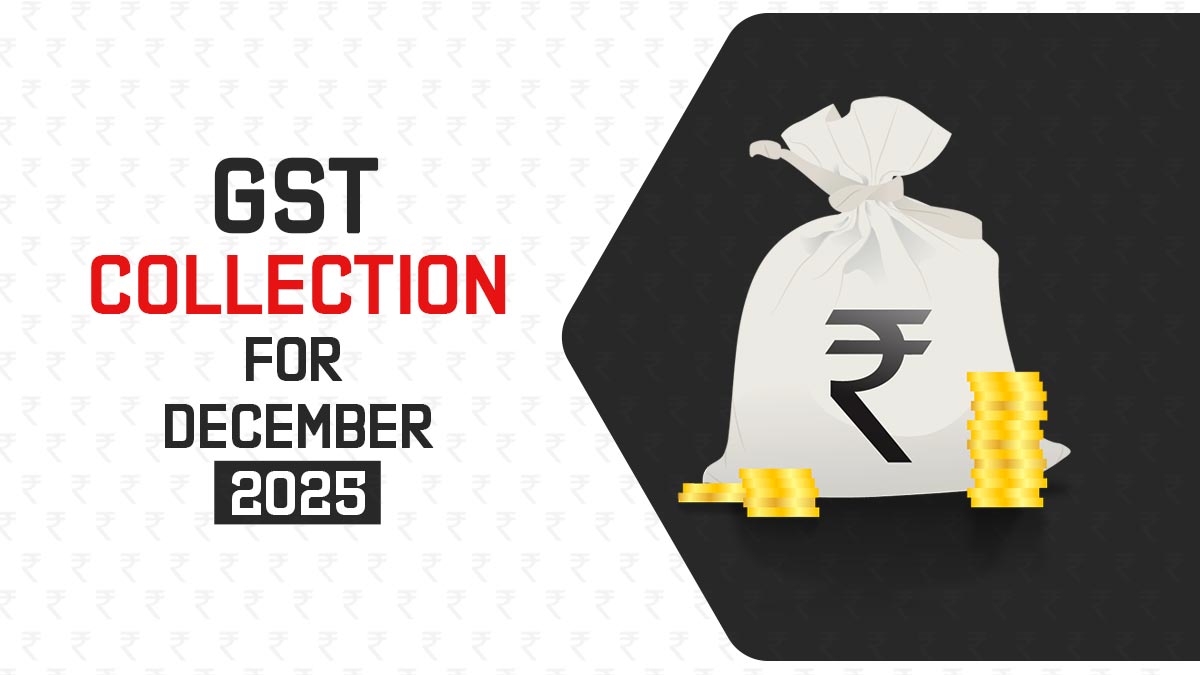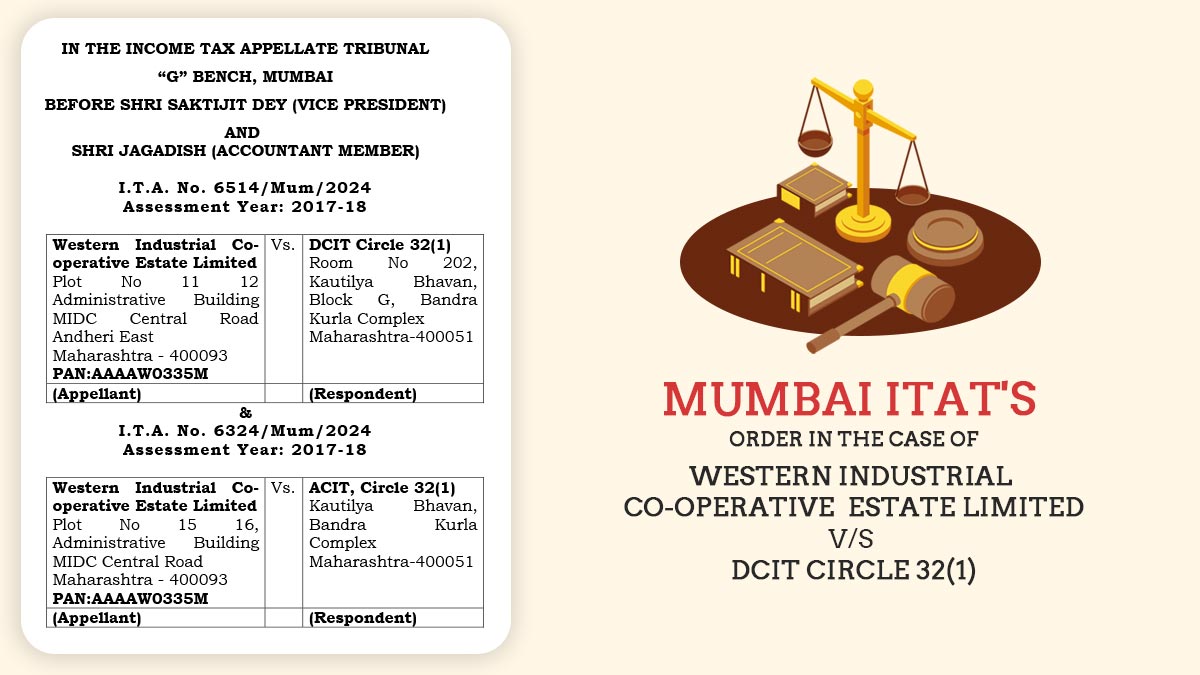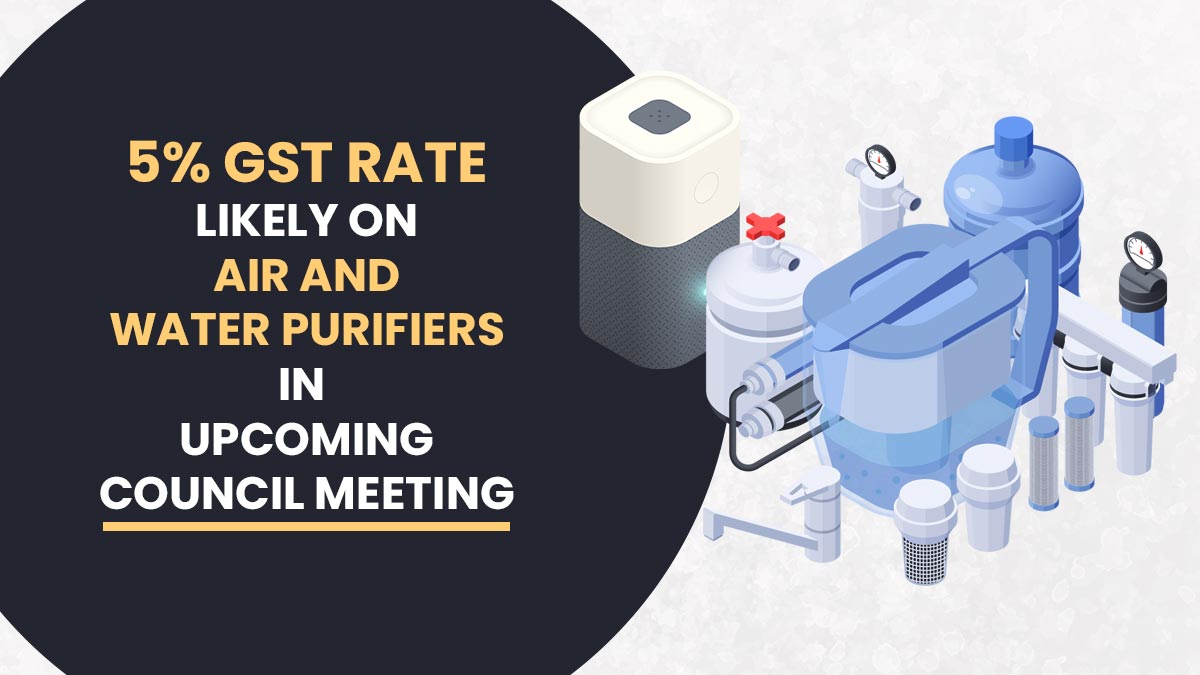
Hotel operators, particularly those in the mid-market and upscale sectors, are grappling with a pressing issue that could divert patrons towards standalone dining venues: an inconsistent goods and services tax (GST) framework.
The crux revolves around the disparity in GST applied to food services. Patrons dining at standalone restaurants experience a consistent GST rate of 5%. In contrast, diners at hotel restaurants face a hefty 18% GST if the hotel’s room tariff exceeds ₹7,500, a charge applicable even to non-staying guests.
Since 2018, hoteliers have been vocal about their concerns that this tax variation is causing a decline in restaurant footfall, as customers opt for standalone restaurants to leverage tax advantages. Industry stakeholders are advocating for a standardized GST rate of 5% across all dining establishments to create a level playing field.
Amidst the thriving performance of standalone restaurants nationwide and the already intense competition, the hotel industry is questioning the rationale behind linking hotel room rates to dining preferences.
Further compounding the challenges is the growing trend among hotel guests to opt for food delivery services from external sources.
The GST council’s system, linking the dining GST to the declared room tariff of hotels, places hotel restaurants at a distinct competitive disadvantage. For instance, a meal priced at ₹2,000 in a standalone restaurant incurs only ₹100 in GST, while the same meal in a hotel restaurant would attract ₹360 in taxes.
This predicament is especially amplified for mid-market hotels catering to a clientele sensitive to pricing.
Hoteliers argue that the initial design of the GST framework might have been based on the assumption that hotel patrons were less concerned about pricing and would be capable of absorbing the increased costs.
Hotels channel significant investments into establishing food and beverage facilities. Charging a higher GST of 13% specifically on hotel restaurants is deemed unjust. This discrepancy often leads customers to perceive hotel dining as more expensive, prompting them to explore dining alternatives outside the premises, including takeaways.
This situation necessitates a correction, urging a disconnection between GST rates and hotel room tariffs, as voiced by KB Kachru, Vice President of the Hotel Association of India, and Chairman Emeritus and Principal Advisor for South Asia at Radisson Hotel Group.
Ajay K. Bakaya, Managing Director at Sarovar Hotels, highlighted that while the 5% GST rule aligns well with economy hotels due to their usual room tariffs staying under ₹7,500, other formats suffer, making hotel restaurants less economically accessible for customers. This challenge extends to the banquet business, where large amounts are involved.
Achin Khanna, Managing Partner at Hospitality Consultancy Hotelivate, emphasized the competition faced by hotel food and beverage outlets from the rapidly expanding independent restaurant industry. The additional 18% GST on hotel dining, compared to the standard 5%, further dissuades guests from choosing hotel dining options, resulting in missed sales opportunities.
Read Also: Are Restaurants Charging Correct GST Bills? Know The Complete Details
Samir MC of Fortune Park Hotels offered a nuanced perspective, recognizing the intricacies of India’s diverse tax system. He suggested that hotels should strive to elevate their dining experiences, justifying the higher tax bracket through superior service and offerings.
However, the consensus remains evident: the existing tax model is unsustainable and requires reform to safeguard the vibrancy of hotel-based dining services. Hotel operators, particularly those in the mid-market and upscale segments, grapple with a challenge that threatens to divert diners to standalone restaurants—an uneven Goods and Services Tax (GST) structure.
At the core of this challenge lies the disparity in GST applied to food services. Patrons at standalone restaurants encounter a consistent 5% GST, while those dining at hotel restaurants face a steep 18% if the hotel’s room tariff surpasses ₹7,500, a rate applicable even to non-staying guests.









